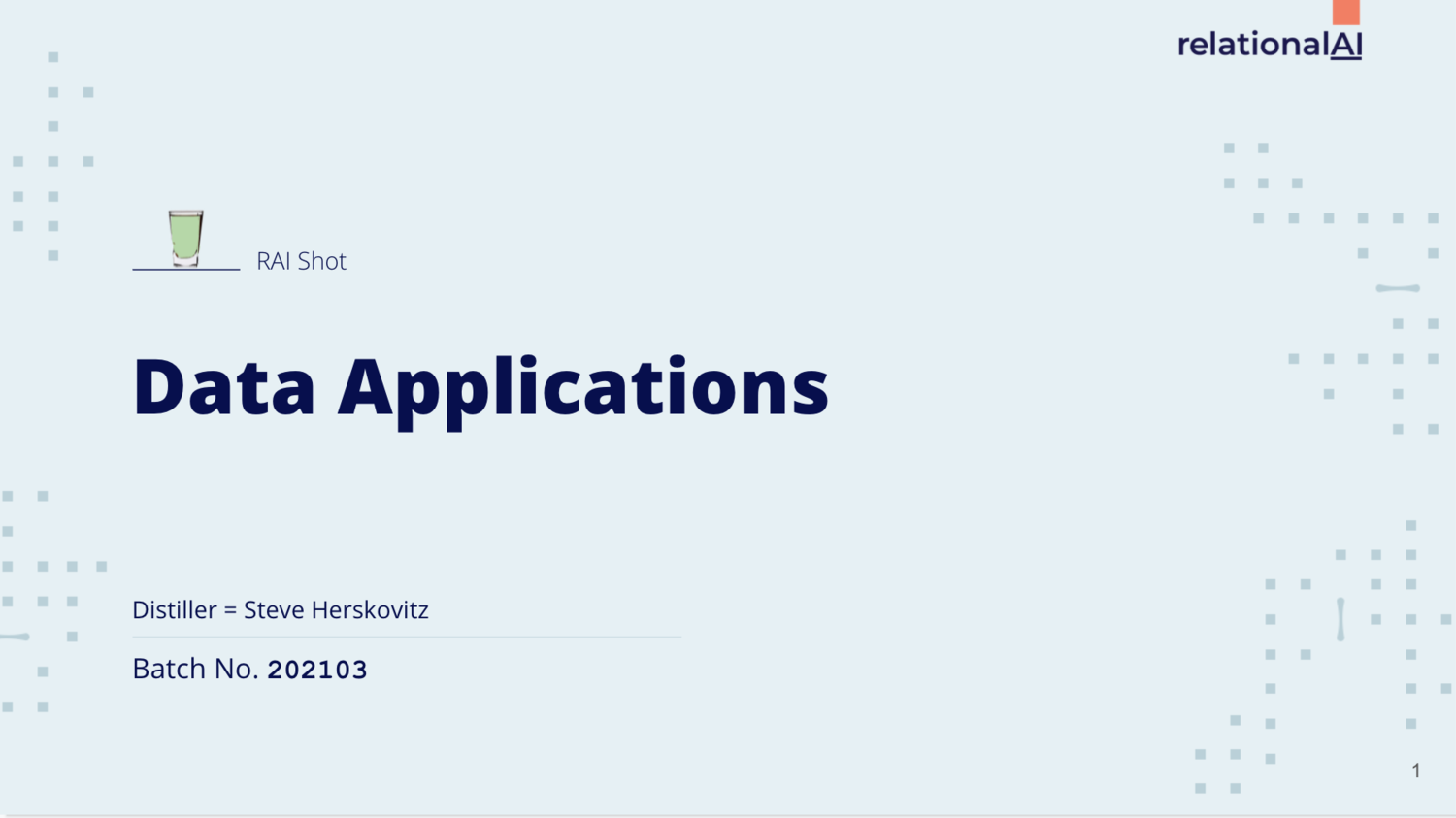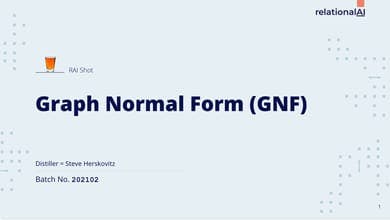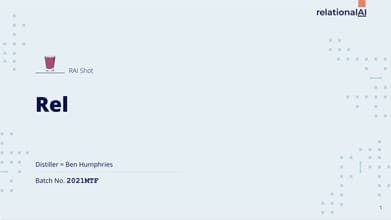Data Apps

Businesses have actually been building Data Apps for a long time.
These data-intensive applications power business intelligence or drive automated processes.
As more businesses become data-driven, they rely on Data Apps to power marketing platforms, perform data monitoring and alerting, and enable large data sets to be analyzed and visualized. Data Apps allow enterprises to leverage their internal data and transform it into data-driven services to their customers.
Modern Data Apps combine predictive data with reasoning over richly interconnected data.
They define business and data integrity rules to model a business domain to enable reasoning and autonomous action. They incorporate computed knowledge that is automatically and incrementally maintained.
You might be building a modern Data App if you are combining structured and semistructured data sources.
Or if you are using complex data sources that are opaque to typical SQL databases, but are rich with knowledge that can be extracted with machine learning.
For example, we see as input: knowledge extracted from PDFs ranging from scholarly articles to legal contracts.
Or knowledge extracted from drone videos that monitor industrial settings or environmental conditions.
Or knowledge and business rules extracted from legacy Java or C# code.
You might also be building a modern Data App if you are combining predictive analytics with reasoning over business rules.
And if your objective is to augment human decision-making, or to create a system that takes autonomous action.
At RAI, we believe Knowledge Graphs are the best foundation for Modern Data Apps.
People navigate and reason through life with relationships, and Knowledge Graphs put facts and relationships in context to enable understanding and analysis.
You might want to build your modern Data App on the RAI platform …
if you are deploying Knowledge Graphs and Ontologies that may grow to enterprise scale. Our Relational Knowledge Graph architecture is based on Graph Normal Form, or GNF, for open-ended scalability and with dovetail JOIN for performance.
You might want to use RAI’s platform if you require advanced reasoning involving recursive algorithms and reasoning over complexly inter-related entities. We have an expressive language, called Rel, with which to model your business entities and define rules and recursive logic. With Rel, you can define logic for computed knowledge that is automatically updated as the underlying data changes.
And you might want to use RAI’s platform if you envision multiple workloads, for example analytics and reporting, against a single copy of your data, without duplication and synchronization. GNF enables full schema flexibility so that you don’t need to reorganize your data for each workload.
This brings us back to the question of Why RAI for your Data Apps.
Use Knowledge Graphs to model your business, not just your data.
This enables your developers to speak the same language as your business people.
And an RAI Knowledge Graph can include computed knowledge, incrementally maintained for business decisions guided by the latest knowledge.
Combine predictive data with reasoning over richly interconnected data. Leverage these relationships for better predictions and deeper insights.
Operate at any scale, from prototype to enterprise.
Related Posts

Graph Normal Form
RAI technology combines the flexibility and scalability of the relational model to make building and querying enterprise-scale Knowledge Graphs a feasible reality for any organization.

Rel
Rel is a declarative relational language designed for building sophisticated data applications that use machine learning and artificial intelligence.